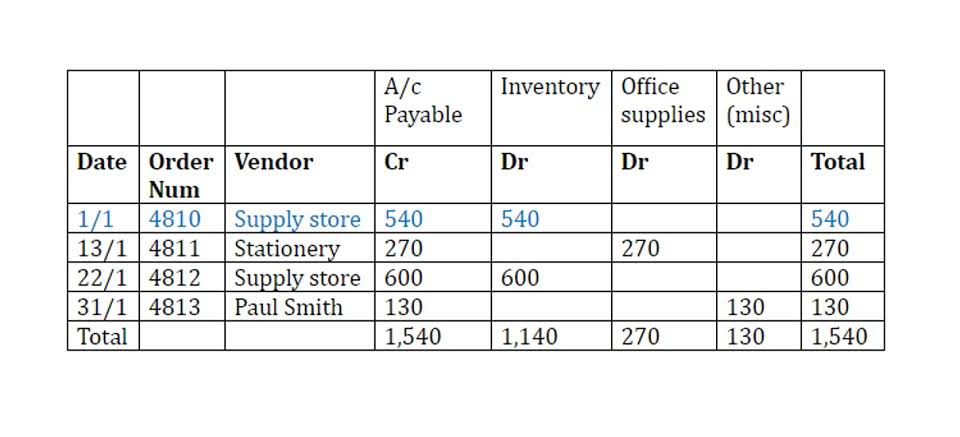Content

First, we’ll explain what cash flow is and how to read a cash flow statement. Then we’ll get into the specifics of managing cash flow and cures you can use if poor cash flow has your business feeling under the weather. We’re transforming accounting by automating Accounts Payable and B2B Payments for mid-sized companies. Financial audits provide valuable information into a company’s finances through analysis of accounting records, cash holdings, and other sensitive financial data. They also ensure that a company’s records accurately depict their current financial position. One way to do this is by automating your AP function; this can easily cut costs on items such as paper checks, manual tasks, and internal resources.
Invoice factoring and invoice financing are also great ways to get advanced payment on outstanding invoices. It can help your company get the money it deserves earlier than a client is willing to pay. Remember, you should be taking on debt only if it’s advantageous for your company. You’ll learn the answers to these questions by keeping your business’s balance sheet and profit and loss statements up to date and reviewing them regularly. Once you understand your cash-flow cycle, Campbell says, you can work to correct any inconsistencies in it — for example, by paying your suppliers later or collecting payments earlier.
What are the Differences Between Debt Financing and Equity Financing?
Brianna Blaney began her career as a fintech writer in Boston for a major media corporation, later progressing to digital media marketing with platforms in San Francisco. She has worked as a financial writer for Tipalti for 7+years, keeping a close eye on shifting trends and reporting on the ever-evolving landscape of financial automation. She prides herself on reverse-engineering the logistics of successful content and implementing techniques centered around people (not campaigns). In her spare time, she loves to cook and take care of her pet squirrel, Marshmallow.
She also encourages young businesses to work with reliable, quick-paying clients initially, even if it means smaller clients and slimmer profit margins. 1) Identify Business Risks & Prepare In Advance
There are many risks involved in running a business, What is the Difference Between Bookkeeping and Accounting and serious challenges should be expected at some point in the future. You need to consider several scenarios such as “What if that big order suddenly comes in? ” or “What if that important client goes missing while still owing me money?
Bookkeeping for Beginners: 6 Basic Concepts to Get You Started
While businesses can run on a cash or accrual basis, Rohit Arora, CEO of small business loan provider Biz2Credit, advises every business to take advantage of both. It’s easy to focus on your business’ profit margins and neglect cash flow. They’re just as important as each other and if you ignore cash flow, you’re more likely to run into serious problems. We’d recommend working out how much your average monthly outgoings are and then saving around three months’ worth. This should cover any cash flow problems for long enough for you to fix the situation.
How to improve cashflow?
- Start with accurate cash flow forecasting.
- Plan for different scenarios and understand the challenges of your industry.
- Consider your one-day cash flow value.
- Provide cash flow training for your team.
- Communicate effectively within your business.
- Make sure you get paid promptly.
Make your invoices straightforward and easy to read, clearly indicating the due date, amount due, where to send payment, and accepted payment methods. A business line of credit https://simple-accounting.org/law-firm-bookkeeping-101-bench-accounting/ is a good insurance policy to help avoid cash-flow problems. You may be able to use a percentage of your accounts receivable or inventory as collateral to get a line of credit.

